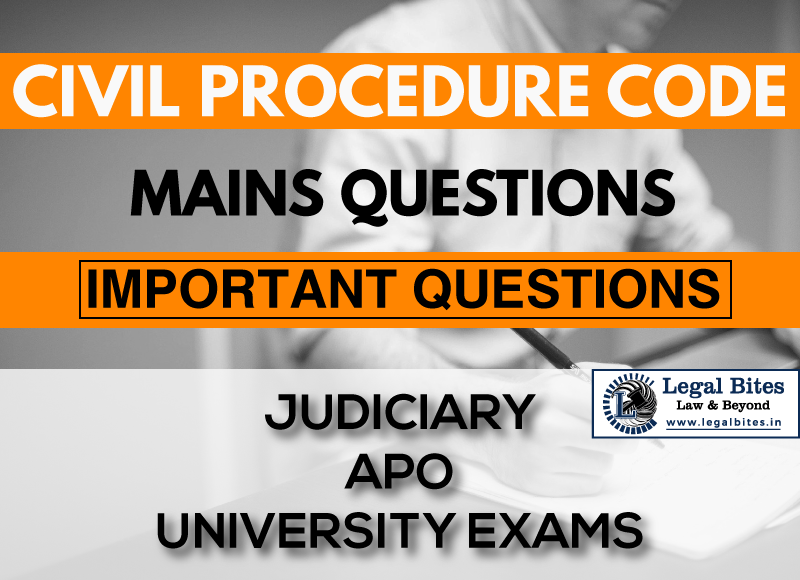Explain the legal word Ratio decidendi
Ratio decidendi is a legal maxim of Latin origin. In Latin, the maxim means ‘the rationale/reason behind the decision’.

Question: Explain the legal word Ratio decidendi. Find the answer only on Legal Bites. [Explain the legal word Ratio decidendi.] Answer Ratio decidendi is a legal maxim of Latin origin. In Latin, the maxim means ‘the rationale/reason behind the decision’. Ratio decidendi is ‘the rule of law proffered by the judge as to the basis of his decisions’. The maxim refers to the legal concept upon which the court bases its decision. Ratio decidendi is a legal expression that is applied...
Question: Explain the legal word Ratio decidendi.
Find the answer only on Legal Bites. [Explain the legal word Ratio decidendi.]
Answer
Ratio decidendi is a legal maxim of Latin origin. In Latin, the maxim means ‘the rationale/reason behind the decision’. Ratio decidendi is ‘the rule of law proffered by the judge as to the basis of his decisions’.
The maxim refers to the legal concept upon which the court bases its decision. Ratio decidendi is a legal expression that is applied to significant facts. It is at this stage in a case that the judgment or principle that the case establishes is decided.
The ratio decidendi, unlike obiter dictum (by the way), is often binding on courts of lower and higher jurisdiction. The ratio decidendi is calculated using the court’s decision on the legal issues that the parties in the case argued over. When we say that a judicial decision is binding as a precedent, what we really mean is that a rule or principle formulated and applied in that decision must be applied when similar facts arise in the future. This rule or principle is the ratio decidendi which is at the center of the doctrine of precedent.
The Supreme Court declared in Sanjay Singh & Anr. v. U.P. Public Service [Writ Petition (civil) 165 of 2005] that each higher court judgment contains three parts:
- the facts and the matter in question;
- the reasons for the such conclusion; and
- the ultimate order embodying the verdict.
The ratio decidendi, or reasoning for the judgment, is not the final decision stating the judgment. In reality, even while the ratio decidendi of a judgment of this Court may indicate a specific conclusion, the decision (final order pertaining to relief) may be distinct and not a logical consequence of the ratio decidendi of the judgment. This might be due to a future incident or the necessity to mould the relief in order to do total justice in the case.
Thus, the ratio decidendi of the ruling, rather than the final order in the judgment, sets a precedent. The terms ‘judgment’ and ‘decision’ are used interchangeably to refer to a judge’s whole judgment, final decision, or ratio decidendi.
Important Mains Questions Series for Judiciary, APO & University Exams
- CPC Mains Questions Series: Important Questions Part – I of X
- CPC Mains Questions Series: Important Questions Part – II of X
- CPC Mains Questions Series: Important Questions Part – III of X
- CPC Mains Questions Series: Important Questions Part – IV of X
- CPC Mains Questions Series: Important Questions Part – V of X
- CPC Mains Questions Series: Important Questions Part – VI of X
- CPC Mains Questions Series: Important Questions Part – VII of X
- CPC Mains Questions Series: Important Questions Part – VIII of X
- CPC Mains Questions Series: Important Questions Part – IX of X
- CPC Mains Questions Series: Important Questions Part – X of X
Admin Legal Bites
Legal Bites Study Materials correspond to what is taught in law schools and what is tested in competitive exams. It pledges to offer a competitive advantage, prepare for tests, and save a lot of money.

